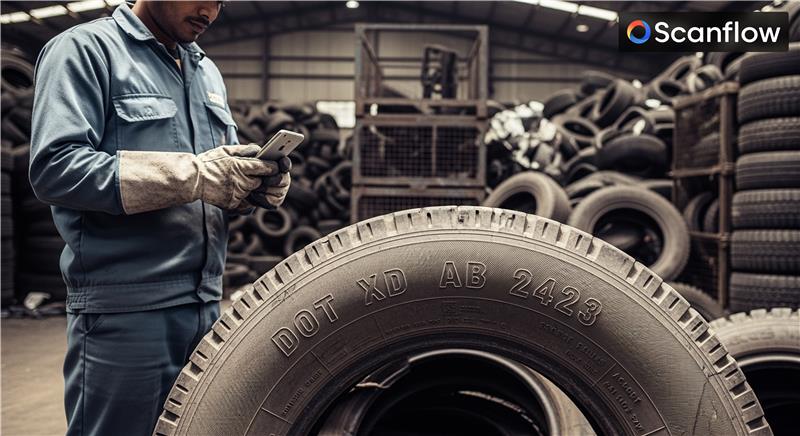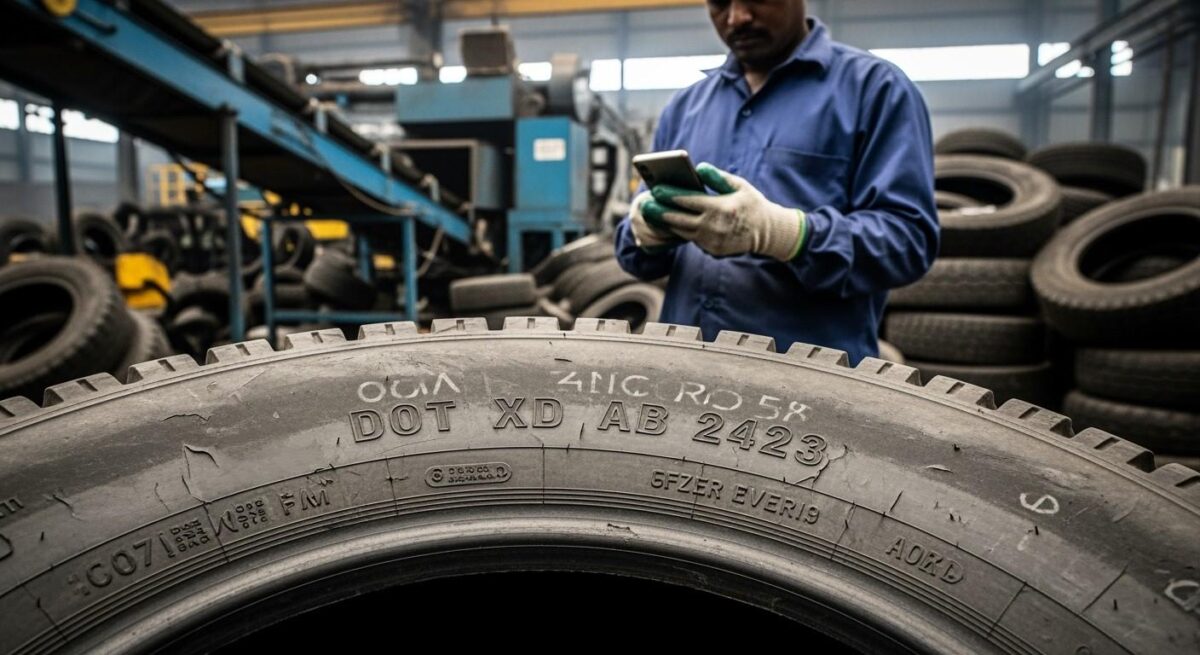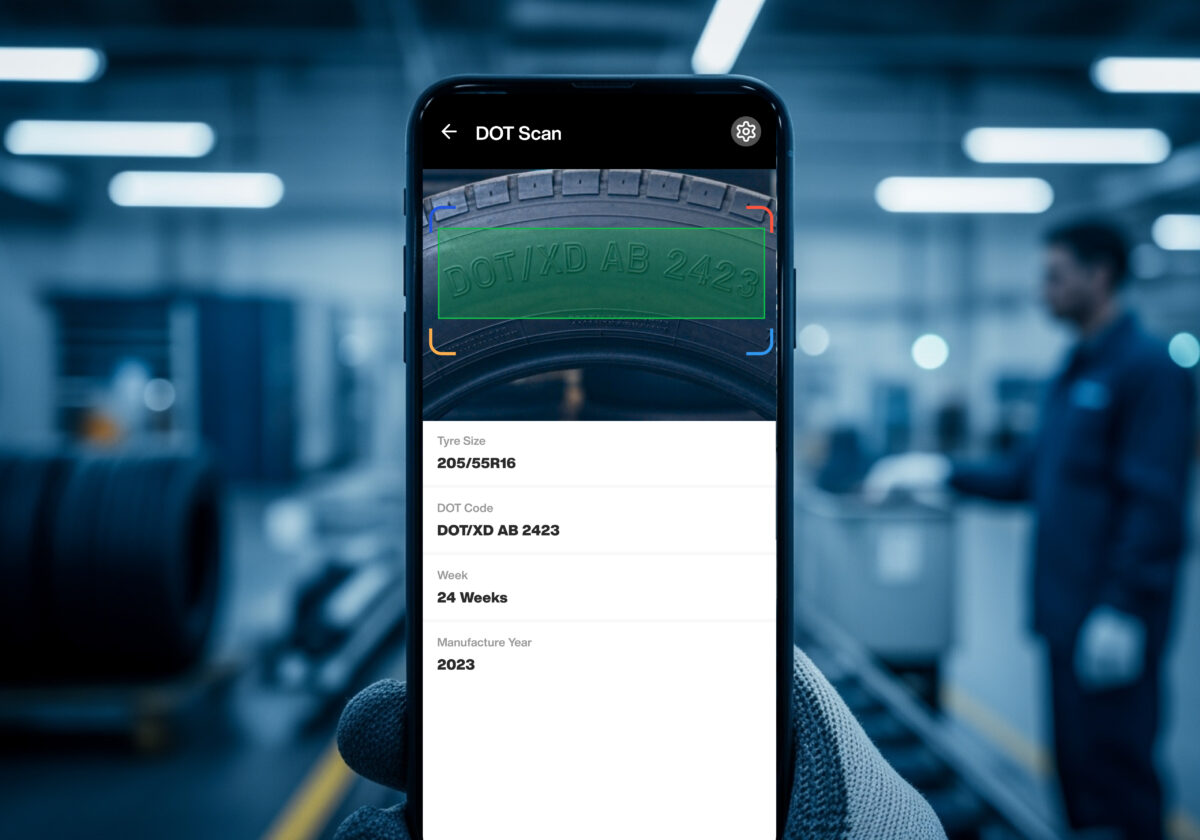The Texas scrap tire industry faces a critical challenge that has persisted for years: inconsistent manifest reporting that creates bottlenecks throughout the entire tire disposal chain. From small-scale tire recyclers to large processing facilities, businesses across Texas struggle with manifest inaccuracies that lead to costly delays, regulatory fines, and operational inefficiencies.
Understanding the Texas Manifest System Challenge
In Texas, the Texas Commission on Environmental Quality (TCEQ) requires comprehensive manifest documentation for all scrap tire transport and disposal activities. These manifests serve as crucial tracking reports that document tire quantities, conditions, and movement throughout the disposal process. However, the traditional manual approach to manifest creation has created a web of inconsistencies that plague the industry.
Tire transporters must maintain detailed records using manifest systems and file annual reports with TCEQ, while scrap tire collectors and processing facilities rely on accurate manifest data to ensure compliance with state regulations. When these documents contain errors or inconsistencies, the entire supply chain suffers.
The Pain Points Plaguing Texas Tire Recycle/Scarp Industry
Manual Entry Errors and Data Inconsistencies
The most significant challenge facing tire recycling operations is the reliance on manual data entry for manifest creation. Workers manually count tires and record sidewall information a process prone to human error. These manual entry mistakes cascade through the system, creating discrepancies between pickup documentation and delivery records.
Scrap tire collectors often discover that tire counts don’t match between collection sites and processing facilities, leading to rejected shipments and costly return trips. Large processing facilities report that up to 30% of incoming manifests contain some form of data inconsistency, requiring time-consuming verification processes.
Incomplete Tire Counts and Quantity Discrepancies
Accurate tire quantification remains a persistent challenge. Traditional counting methods struggle with:
- Mixed tire sizes and types in single loads
- Damaged or partial tires that are difficult to categorize
- Time pressures that encourage rushed counting
- Lack of standardized measurement protocols
These quantity discrepancies create regulatory compliance issues and financial disputes between transporters and processing facilities.
Tire Condition Classification Problems
TCEQ regulations require specific classification of tire conditions, but manual assessment leads to inconsistent categorization. Workers may classify the same tire differently, creating manifest discrepancies that trigger regulatory scrutiny. Without standardized tire condition assessment tools, the industry struggles to maintain consistency across different operators and facilities.
Documentation Errors Between Pickup and Delivery
The journey from tire collection to final disposal involves multiple handoffs, each presenting opportunities for documentation errors. Manifests often show discrepancies between:
- Initial pickup documentation
- Transport records
- Final delivery confirmation
- Processing facility intake reports
These errors create audit trails that don’t align, raising red flags during TCEQ inspections and creating compliance challenges for all parties involved.
Regulatory Consequences and Business Impact
TCEQ Compliance Challenges
The Texas Commission on Environmental Quality takes manifest accuracy seriously. Inconsistent documentation can trigger:
- Regulatory investigations
- Compliance violations
- Operational restrictions
- Increased scrutiny on future submissions
Tire recyclers and processors must maintain meticulous records to satisfy TCEQ requirements, but manual manifest systems make this increasingly difficult as operations scale.
The Emerging Solution: Scanflow Tire Sidewall Scanning
Tire Sidewall Scanner
Scanflow tire sidewall scanner solution represents a breakthrough solution for manifest accuracy challenges. This advanced solution can capture and identify and catalog tire specifications, conditions, and quantities with unprecedented precision. By eliminating manual data entry, tire sidewall scanners significantly reduce the human error factor that plagues traditional manifest creation.
Comprehensive Tire Scanner Solutions
Scanflow tire scanner solution go beyond simple identification to provide comprehensive tire analysis. These solutions can:
- Automatically count tire quantities with high accuracy
- Provides Dashboard with the real time data.
- Generate consistent manifest data across all operations
- Create audit that satisfy TCEQ requirements
Moving Forward: Embracing Technological Solutions
The Texas scrap tire industry stands at a crossroads. Traditional manual manifest processes have reached their limitations, creating persistent bottlenecks that impact the entire disposal chain. However, Scanflow Tire sidewall scanner offers a path forward that addresses the root causes of manifest inconsistencies.
Tire transporters, processors, and collectors who embrace these technological solutions position themselves for:
- Improved TCEQ compliance
- Reduced operational costs
- Faster processing times
- Enhanced data accuracy
- Competitive advantages in the marketplace
The transition from manual to automated manifest creation represents more than just a technological upgrade it’s a fundamental shift toward operational excellence that benefits the entire Texas tire recycling ecosystem.
As the industry evolves, businesses that invest in advanced tire scanning technology will find themselves better positioned to navigate Texas’s complex regulatory environment while achieving sustainable operational efficiency.
Ready to eliminate manual tire data entry and simplify scrap tire compliance? Discover how Scanflow’s mobile tire scanning solution delivers fast, accurate, and actionable insights.
👉 Request a Free Demo




